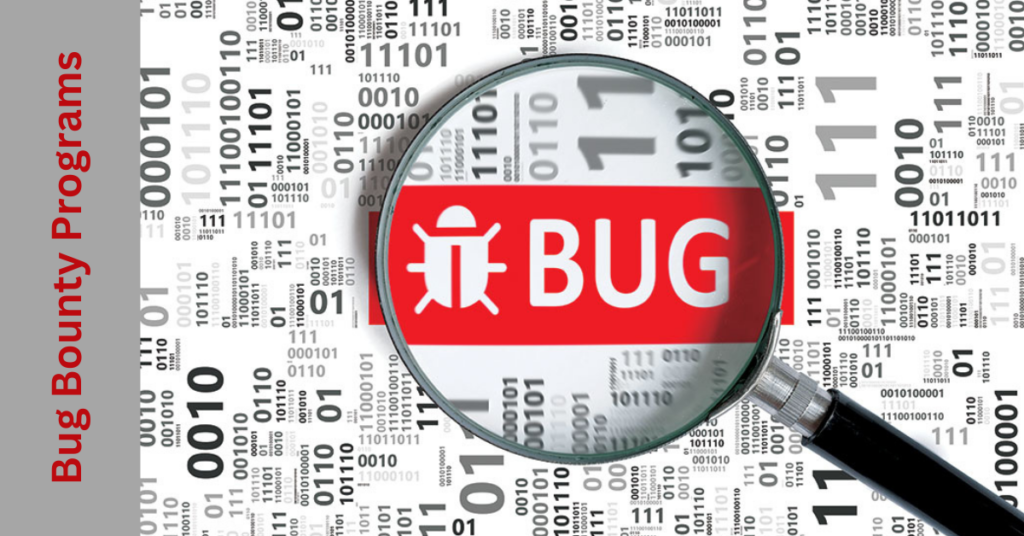Bug Bounty Programs are initiatives run by organizations to encourage ethical hackers, often referred to as bounty hunters, to find and report security vulnerabilities in their systems, applications, or networks. These programs offer financial rewards, recognition, or other incentives for discovering and responsibly disclosing security flaws. The goal is to enhance the organization’s security posture by leveraging the expertise of the wider security community.
Key Elements of Bug Bounty Programs:
- Scope: Clearly defined boundaries outlining which systems, applications, and types of vulnerabilities are in-scope and out-of-scope.
- Rules of Engagement: Guidelines on how to conduct testing legally and ethically, including rules about data handling, privacy, and reporting.
- Rewards: Details about the monetary or non-monetary incentives provided for valid vulnerability reports. Rewards often depend on the severity and impact of the vulnerability.
- Submission Process: Instructions on how to report vulnerabilities, typically through a dedicated platform or email.
- Evaluation and Response: The organization’s commitment to timely acknowledgment, triage, and resolution of reported issues.
Steps to Become a Bounty Hunter:
- Learn the Basics of Cybersecurity: Gain a solid understanding of fundamental cybersecurity concepts, networking, and programming. Familiarize yourself with common vulnerabilities such as those listed in the OWASP Top Ten.
- Develop Skills in Ethical Hacking: Practice using tools and techniques for penetration testing. Learn about web application security, network security, and mobile security. Resources such as online courses, tutorials, and books can be very helpful.
- Use Bug Bounty Platforms: Register on bug bounty platforms such as HackerOne, Bugcrowd, Synack, or Open Bug Bounty. These platforms connect security researchers with organizations running bug bounty programs.
- Study Publicly Disclosed Reports: Review and analyze previously disclosed vulnerability reports. This can help you understand the kinds of issues others are finding and how they are reported.
- Practice in Safe Environments: Use intentionally vulnerable applications and environments such as Hack The Box, DVWA (Damn Vulnerable Web Application), or OWASP’s WebGoat to practice finding and exploiting vulnerabilities.
- Participate in Capture The Flag (CTF) Competitions: Engage in CTF competitions to hone your skills. These are gamified challenges that cover various aspects of cybersecurity and ethical hacking.
- Report Responsibly: When you find a vulnerability, report it following the program’s rules of engagement. Provide clear and detailed information on how the vulnerability was discovered, its impact, and steps to reproduce it.
- Build a Reputation: Consistently contribute to bug bounty programs to build a reputation within the community. Earning recognition and trust can open up more opportunities and increase the likelihood of receiving higher rewards.
- Stay Updated: Cybersecurity is a rapidly evolving field. Keep up with the latest trends, tools, vulnerabilities, and techniques by following blogs, attending conferences, and participating in the cybersecurity community.
- Network with Other Bounty Hunters: Join forums, discussion groups, and social media communities related to bug bounty hunting. Networking with other ethical hackers can provide support, collaboration opportunities, and shared learning experiences.
Starting with bug bounty programs as a beginner can be a rewarding experience. Several platforms and programs are beginner-friendly, providing ample resources and support to help you get started.
By following these steps and continuously improving your skills, you can become a successful bug bounty hunter and contribute to making the internet a safer place.
